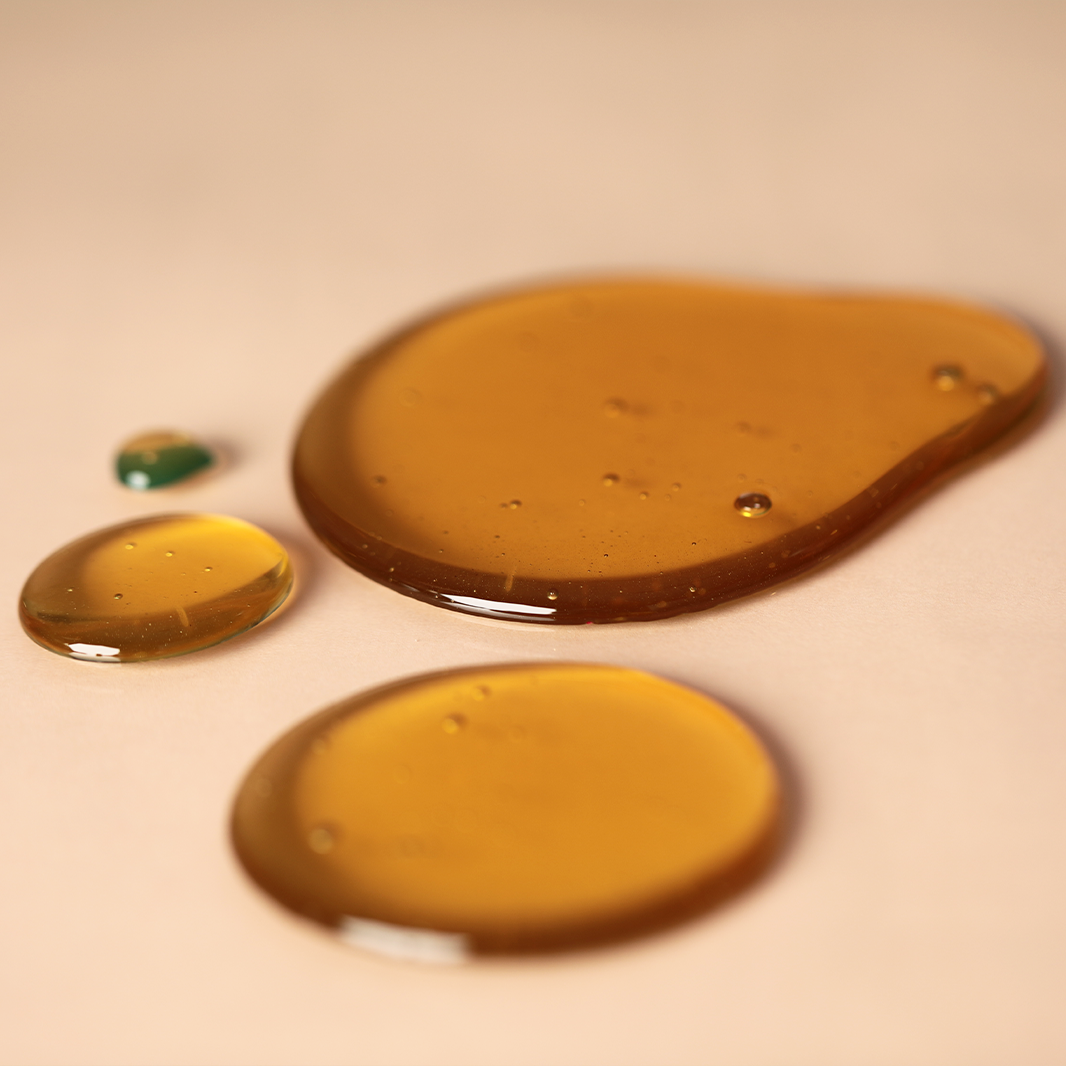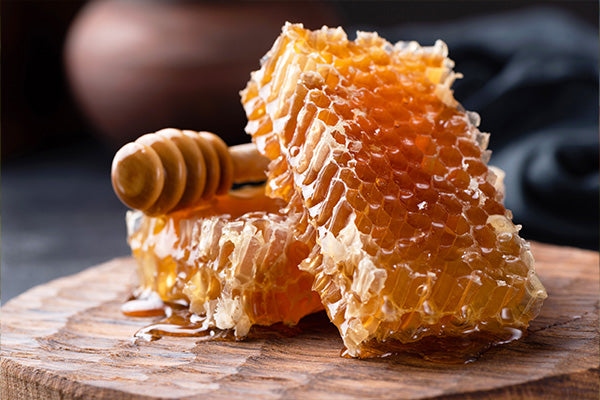What Is Raw Honey?
Raw honey is natural food bees produce by mixing the nectar they collect from various flowers with their own enzymes. For thousands of years, humans have used honey as a miracle of nature. Honey is one of the most important foods for human nutrition but is also one of the most adulterated food products. The quality of honey is mainly determined by its origin and chemical composition. Raw honey is not heat-treated (not pasteurized at temperatures higher than 45 °C or 113 F) and not filtered so that its pollen is retained. Controlling the temperature below these degrees preserves its nutritional value. In contrast, pasteurized honey is exposed to high temperatures of up to 65-75 °C (149-167 F), which damages the structure of the vitamins, minerals, and enzymes, degrading the original nutritional value. When honey is filtered, pollens contributing to its nutrient content are also lost, providing little health benefits for the human body.
Raw honey contains minerals, amino acids, carbohydrates, enzymes, vitamins, and phenolic and aromatic compounds. Raw honey and other bee products obtained from geographies with rich flora contain these compounds in higher amounts. The Anatolian landscape has a unique diversity in terms of endemic flora and plant species, which enables the production of high-quality bee products.
Bees collect pollen along with nectar. Pollen has a rich nutritional value and contains over 250 nutritional components, including vitamins, essential fatty acids, amino acids, micronutrients, and antioxidants.
When raw honey leaves the hive, it also contains pollen.
Unfiltered raw honey retains natural pollen and has valuable nutritional content. Raw honey is a natural source of antioxidants that help protect the body against cell damage caused by free radicals. Raw honey gains antioxidant properties due to phenolic compounds such as caffeic acid, chlorogenic acid, ferulic acid, flavonoid compounds, vitamins, enzymes, and some organic acids. Heat treatment at high temperatures reduces the nutritional value of raw honey by disrupting the structure of the enzymes and vitamins naturally present in its content.
Raw honey also has natural antibacterial properties due to its high osmolarity due to sugar concentration, low water activity, and low pH. These characteristic properties of raw honey are effective in its antibacterial activity. In the high osmotic environment of raw honey, sugar molecules bind water, and bacteria cannot multiply due to the low amount of water in this environment. The osmolarity of honey is useful in controlling infected wounds, and it has been used since ancient societies to accelerate infected wound healing.
References:
- Sanchez-Martin, Vanesa, Paloma Morales, Amelia V. González-Porto, Amaia Iriondo-DeHond, Marta B. López-Parra, María Dolores Del Castillo, Xavier F. Hospital, Manuela Fernández, Eva Hierro, and Ana I. Haza. "Enhancement of the Antioxidant Capacity of Thyme and Chestnut Honey by Addition of Bee Products." Foods 11, no. 19 (2022): 3118. https://doi.org/10.3390/foods11193118.
- Sartore, Sarah, Susan Boyd, David Slabaugh, Nidhi Jain, Benjamin Piepenbrink, Sarah Blount, Zainab Alla, William Cheso, Heather Belanger, and Timothy P. Arnold. "Honey and Its Antimicrobial Properties: A Function of a Single Component or the Sum of Its Parts?" Cureus 13, no. 9 (2021): e17718. https://doi.org/10.7759/cureus.17718.






